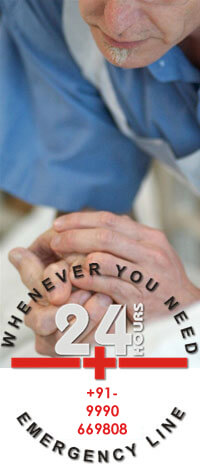Splinters Treatment: First Aid Information for Splinters
Splinters can become infected if left under the skin too long. Look for signs of infection before trying to remove a splinter.
- redness
- swelling
- pus draining from the wound
- severe pain even without movement
If the splinter has become infected, see a doctor for removal. The chances of a splinter becoming infected depends on what the splinter is: organic material - like animal spines or plant thorns - are more likely to cause infection or toxic reactions.
Difficulty: Easy
Time Required: Should take less than 10 minutes.
- Wash your hands thoroughly before attempting to remove the splinter.
- Before trying more invasive methods, squeeze the splinter from both sides and the bottom of the splinter to try and work it back the way it came.
- Clean a needle and a pair of tweezers with povidone-iodine solution (compare prices on prep pads, swabs, or liquid). Do not use isopropyl alcohol unless that's all you have available. Povidone-iodine is much more effective at killing bacteria than isopropyl alcohol.
- Wash the wound and surrounding area with soap and warm water. A little povidone-iodine solution on the wound is also not a bad idea.
- Use the needle to open up the skin above the splinter enough to grab the splinter with the tweezers and remove it. If the needle doesn't work, a pair of nail clippers can be used on the skin - remember to clean the nail clippers with povidone-iodine solution.
- Grasp the end of the splinter with the tweezers and back it out of the skin.
- Wash the wound with warm water and soap. Again, povidone-iodine solution is an excellent skin cleanser in this situation.
Tips:
- Usually, the pain of a splinter is more irritable than anything. However, if the area is very tender, try a bee-sting swab (compare prices) to dull the pain.
- Splinters under a fingernail (subungal splinters) may present a bigger problem. If the tip of the splinter cannot be reached with tweezers, either go see a doctor or not. A doctor will be able to snip away the nail and pull the splinter out. The other option is to keep the area clean and wait until natural nail growth pushes the splinter out. Watch the area closely for signs of infection.
- Make sure the victim is up to date on tetanus vaccination. If not - have the doctor remove the splinter when going in to get the vaccination.
- Finally, splinters will work out of the skin naturally and may not need to be removed. There's no need to hurry - wait until the proper cleanliness can be achieved to remove splinters.
Learning how to remove splinters is a common part of first aid training. In a first aid training course, you may learn the following steps for splinter removal:
- Wash the affected area with soap and water.
- Examine the splinter to determine its depth and direction.
- Use sterilized tweezers to remove the splinter by gently pulling it out in the same direction it entered the skin. If the splinter is embedded deeply or the skin is swollen, use a sterilized needle to carefully lift the skin around the splinter and then grasp the end of the splinter with the tweezers.
- After removing the splinter, clean the area with soap and water and apply an antiseptic ointment to prevent infection.
- Cover the wound with a sterile bandage to protect it from dirt and bacteria.
In a first aid training course, you may also learn about the signs and symptoms of infection and when to seek medical attention for a splinter or other wound.


































